Last Updated on July 26, 2021 by Rupesh Patil
With more and more options, the world of TVs is looking better every day. But this also means that when you want to buy a TV, there is a lot for you to navigate before you make a final choice.
So how do you know what to look for when buying a TV? Read on to find the answer in our guide to buying a TV.
Quick Checks
- Don’t buy a TV with a refresh rate below 120 Hz
- Consider a 4K Ultra HD TV if you want your device to be future-proof
- Ignore contrast ratio specifications. These drown in manufacturer-talk and typically don’t show you the real deal.
- Look for at least 3/4 HDMI ports
- Consider a soundbar. The thinner TVs get, the more its sound quality suffers
- Consider an Extended Warranty. If your TV requires any servicing/repairs, it will be considerably cheap with an Extended Warranty
Screen Size & Viewing Distance
One of the first things people consider when buying a TV is its screen size. While 32-inch TVs are still most common, a lot of people are also opting for bigger TVs. A good way to decide the screen size you need is to first decide where you will place your TV.
Subscribe to Onsitego
Get the latest technology news, reviews, and opinions on tech products right into your inboxThe accepted thumb rule is, you should be at a viewing distance that is around 3 times the height of the screen on an HD TV, and 1.5 times the height of a 4K UHD TV. This means that you can sit closer to a 4K UHD TV. This is the minimum viewing distance.
Optimal viewing distance, according to some, is as follows:
| Type | 32-inch | 40-inch | 55-inch |
| Full HD | 4-feet | 5-feet | 7-feet |
| Ultra HD | 2-feet | 2-feet | 3-feet |
So when buying a TV, decide where you will put your TV and how big the room is. While a 40-inch TV might be very tempting, unless it is UHD, you will see individual pixels on the screen and that will kill your viewing experience. Measure the viewing distance before you decide the screen size.
Viewing Angle
TVs typically have a limited viewing angle, some more or less than the others. Outside this angle, the image can dim, lose contrast and color accuracy, or look washed out. When you go to buy a TV, make sure you see the picture from different places rather than from the centre. Move to the right, the left, and even view the TV from above and below to ensure the viewing angle is wide enough if more than one or two people are going to watch it together.
So when buying a TV, be aware that the TV’s retail setting typically tweaks the brightness and boosts colors to unnatural levels, artificially improving off-angle viewing. Ask for standard settings or set the TV to your own settings to judge the correct viewing angle.
Screen Resolution
Resolution is a major determinant in how sharp your picture quality will be. A higher resolution means more pixels on your screen, and therefore more colours can be displayed. But do not be fooled into paying more for a resolution you cannot use yet.
There are three levels of resolution at the moment. There is Standard HD (720p), Full HD (1080p) and there is Ultra HD (2180p). A Full HD TV can display up to 16.7 million colours, but a UHD TV will give you 68.7 billion colours, that is, 4 times more pixels than Full HD, and 4000 times more colour shades.
However, most HD TVs display content in Standard HD resolution, and few media is played in Full HD. But UHD content is not available yet, so paying more for a UHD TV may not be the wisest choice now, unless you want your TV to be future-proof.
So when buying a TV, know that 1080p is the best resolution you can utilise today, but if you want a TV that will be as good as any in the future, invest more and get a UHD TV.
Contrast Ratio
Contrast ratio explains the range of brightness a TV can display. A good contrast ratio is when the TV shows more details in shadows and more hues. However, manufacturers do not measure contrast ratio via a standardised method, and therefore, there is no way to say if the contrast ratio quantified in one TV is better or worse than on another TV. The best thing to do then is to experiment with a TV’s brightness, sharpness and other picture details
So when buying a TV, pick a movie with a high level of detail in dark, for example, a Harry Potter movie, and ask for that to be shown on the TV you have shortlisted. If you can clearly see details in the dark scenes of the movie, the contrast ratio is good enough.
LCD, LED, OLED
Up until a few years ago, LCD TVs were very popular but they have since been phased out by LED TVs. The reason more people are buying LED TVs is, this type offers far better brightness/light output and contrast.
Given that LED TVs make their own light from electricity, these are very bright, and while this is okay in a nicely lit up room, in a dark room the extra brightness can cause eye fatigue. In comparison, an LCD TV isn’t really dim, but yes, it is dimmer than a LED. To counter the effect of such brightness, LED TVs come with an anti-glare and anti-reflective coating.
LCD TVs do not emit any light but work on the principle of blocking light. Depending on ambient lights, the blacks may not appear as dim as they should be, or in a dark room, the colours may not pop the way they are expected to. This means that picture quality will not have the desired depth or realism.
By contrast, OLED TVs emit light directly, and therefore, viewing angles are wider. This means colour and contrast will stay the same as far as 90-degrees off centre. They also offer absolute black and excellent contrast ratio, with negligible motion blur. However, they are a lot more expensive than LED TVs, or even 4K UHD LED TVs.
So when buying a TV, decide on a budget. If you can stretch your budget considerably, go with an OLED. But if you want a good TV at a reasonable cost, pick a LED.
Smart TV, Curved TV
There are a number of new options out there for smart and curved TVs. While the latter is largely available in a bigger screen size, smart TVs can also come in sizes as low as 32 or 40 inches.
A smart TV simply allows you to stream media directly into your TV via the internet. But this also means a clunky annoying interface, and a number of media cannot be streamed at all. If it is only Netflix you want, sure, you can do that, but over a couple of years, its apps, interface, capabilities and response time will feel slower. Instead of that, just buy yourself an additional media streamer, and you will be good to go.
Curved TVs have been panned by experts universally for being no more than a gimmick. They are a lot more expensive than flat panel TVs, and the effects of the curve can be very subtle, without being any different from a flat panel TV except some geometric distortion. Essentially, what you are getting for a lot more money is a cosmetic upgrade to your room.
So when buying a TV, understand that neither a Smart TV, nor a Curved TV will add anything significant to your viewing experience.
4K & HDR
Newer TVs now offer four times as many pixels as a standard 1080p resolution TVs. While that may feel like a huge jump, it is actually quite difficult for the average viewer to make out the difference in sharpness between a 4K TV and an HDTV. To make out any difference, you need to watch 4K content, which is still quite rarely available. However, in order to have a TV that’s ready for the future when more 4K content is actually available, invest in a 4K/Ultra HD TV.
Almost all UHD TVs will have HDR compatibility, and unlike 4K resolution, the effects of HDR are easier to perceive. However, HDR content is difficult to source, and the feature will lie largely unused for now.
So when buying a TV, understand that your regular 1080p TV will work absolutely fine for now and it will be a long time before 4K/HDR content is available. However, if you want a TV that will be relevant when such content is available, invest in a 4K TV with HDR capabilities.
Refresh Rate
The refresh rate will tell you how many times per second a picture is refreshed on screen. The standard rate is 60 times per second, of 60 Hertz (Hz). But in fast moving scenes, this rate can cause the picture to blur. But an 120 Hz will work better in scenes with rapid movement.
What this means is, when you are viewing content on your TV at 60 Hz, you will see a great deal of blur and jitter, and the picture will be flat like poorly lit programs from years ago. But with a 120 Hz (or even 240 Hz) refresh rate, the picture you see will be more realistic-looking, and solid with less blur.
So when buying a TV, be absolutely certain that you do not want a TV with less than a 120 Hz refresh rate.
Number of Ports
The TV you buy should have an adequate number of ports to connect, for example, a set-top box, a soundbar, a game console and headphones. Also check the number of USB ports. Many manufacturers cut costs by providing very few ports on the rear or sides of the TV, and if you ignore this, you will be stuck with a device that has no input for your peripherals.
So when buying a TV, determine how many ports you need for your TV. If you have plans to buy a home theater or a sound bar later, or even a gaming console, factor in those and choose the number of ports accordingly. Do not go for a TV with less than 3 HDMI ports.
Invest in a Soundbar
The slimmer TVs get, the more the sound suffers, because there is no place to fit a large speaker in a flat panel TV. If you like booming sound when you are watching a movie, invest in a soundbar. There are a number of options available, and some soundbars are sleek enough to fit above or below your TV without being eyesores. A home theatre system is great too, but if you do not have adequate space or budget for one, a soundbar will be enough to boost the sound of your TV
So when buying a TV, do some research about a soundbar that will help augment the sound of your TV. You can make this a later purchase, but chances are, you will get a better deal from the store if you purchase both together.
Extended Warranty
An extended warranty will add a little extra to your purchase price, but it will go a long way to make sure your TV is protected against repairs or servicing, which, outside the manufacturer’s warranty, will cost a bomb if you are without an extended warranty. Check the manufacturer’s warranty and service record online in reviews, etc. and find out the inclusions/exclusions in the policy.
So when buying a TV, find out about Extended Warranties from third parties and decide on one that suits your budget and gives you good coverage.
There can be a number of other considerations when you buy a TV, but these are the most popular things that people look for, and these are also most important, because these will essentially govern how your TV looks and sounds. If you have any questions, please put them in the comments and we will try to answer them in a future post.

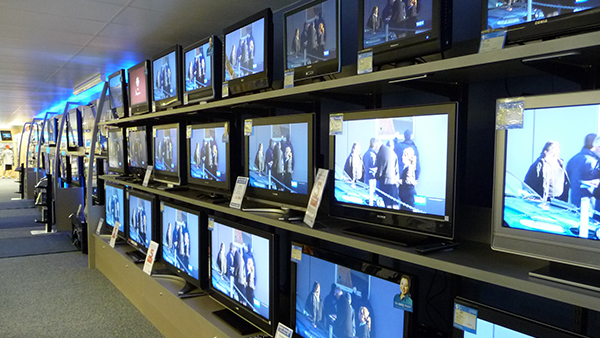
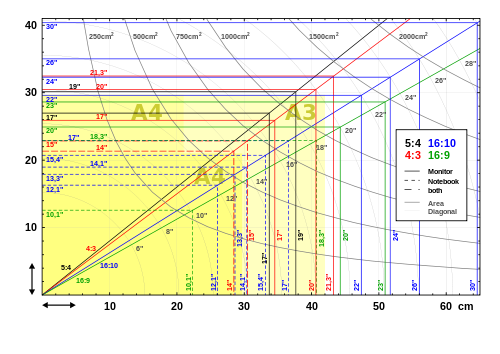

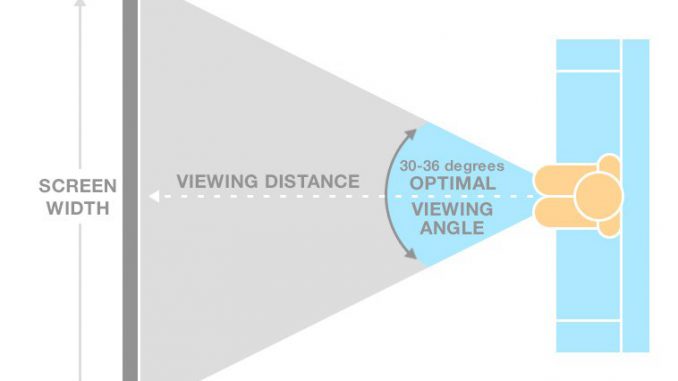
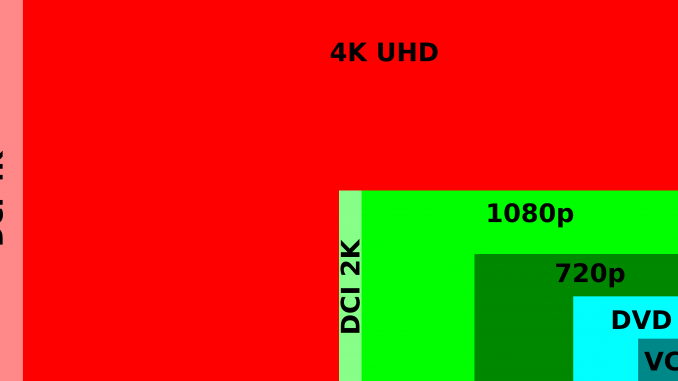
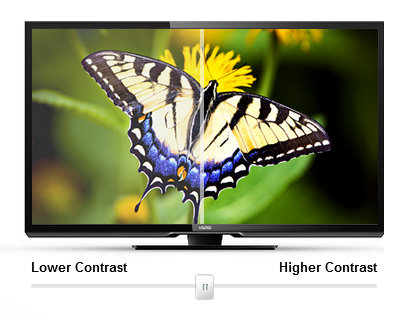
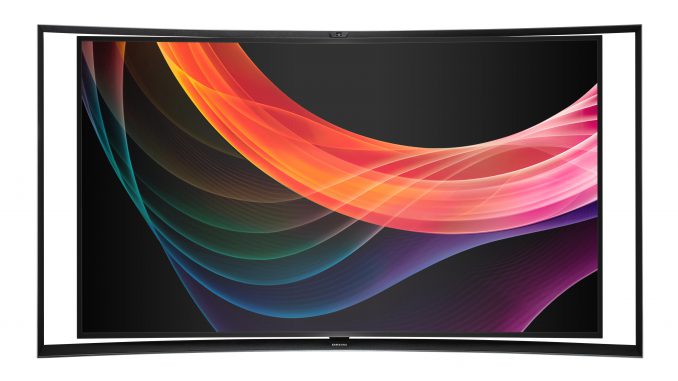




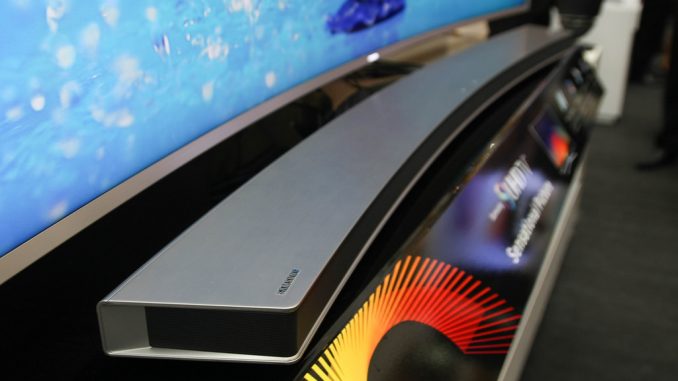
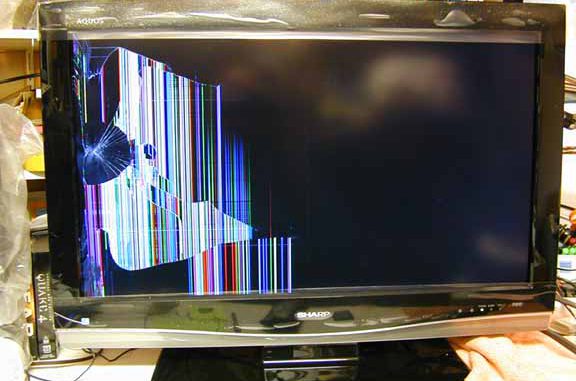
Discussion about this post